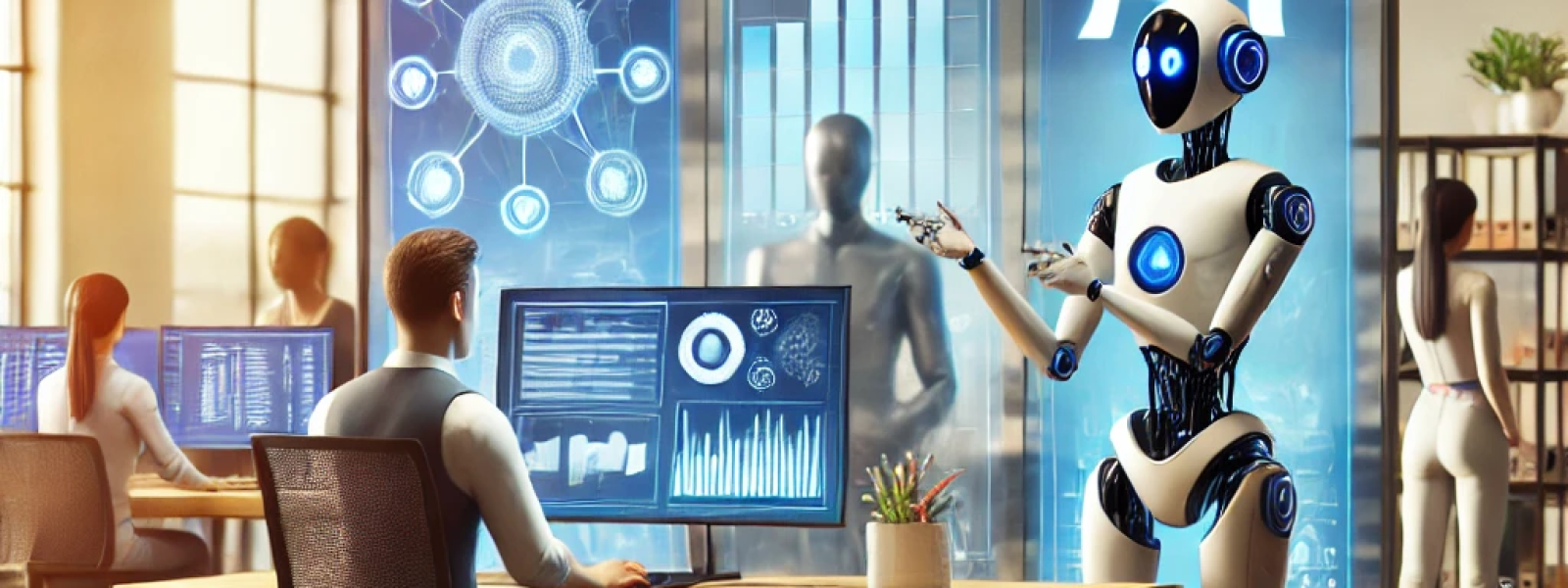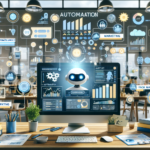Introduction
As artificial intelligence (AI) continues to advance, a new paradigm is emerging in the way humans and AI interact: mixed agency. This concept envisions a future where human intelligence and AI work in tandem, each playing to its strengths to perform tasks more efficiently and effectively. Rather than AI completely replacing human roles, mixed agency proposes a collaborative approach where humans and AI integrate seamlessly into everyday processes. This hybrid integration is set to redefine how we work, make decisions, and interact with technology.
What is Mixed Agency?
Mixed agency refers to a model where human and AI agents share responsibilities in decision-making and task execution. In this approach, AI systems are not merely tools but active collaborators that contribute to the cognitive workload. This collaboration leverages the strengths of both parties: humans bring creativity, ethical judgment, and nuanced understanding, while AI contributes speed, data analysis, and pattern recognition.
The Need for Hybrid Integration
1. Balancing Automation with Human Oversight
As AI becomes more sophisticated, the temptation to automate more tasks grows. However, complete automation often overlooks the value of human intuition, ethics, and emotional intelligence. Hybrid integration allows for the automation of routine, data-heavy tasks while still retaining human oversight for tasks that require complex decision-making, creativity, or empathy.
2. Enhancing Decision-Making
Mixed agency enhances decision-making by combining human judgment with AI-driven insights. For example, in healthcare, AI can analyze vast amounts of patient data to suggest potential diagnoses, but it is the human doctor who interprets these suggestions in the context of the patient’s unique circumstances. This synergy ensures that decisions are both data-driven and contextually appropriate.
Real-World Applications of Mixed Agency
1. Collaborative Workflows
In many industries, AI is already being used to support human workers rather than replace them. For instance, in legal firms, AI tools are used to sift through large volumes of documents to identify relevant information, which human lawyers then analyze to build cases. This division of labor allows for faster, more accurate outcomes.
2. AI-Assisted Creativity
In creative fields like design and music, AI is being used as a collaborative partner. AI tools can generate ideas, patterns, or variations that humans might not have considered. The human creator can then refine these outputs, leading to innovative works that neither party could have produced alone.
Challenges and Ethical Considerations
1. Trust and Transparency
For mixed agency to be effective, there must be trust between humans and AI systems. This requires transparency in how AI decisions are made, as well as clear guidelines on when and how human intervention is necessary. Building this trust is essential to ensure that both parties can collaborate effectively.
2. Skill Development and Adaptation
As AI becomes more integrated into daily processes, workers will need to adapt by developing new skills that complement AI capabilities. This includes not only technical skills but also the ability to collaborate with AI systems, interpret their outputs, and make informed decisions based on AI insights.
Conclusion
The concept of mixed agency represents a significant shift in how we think about AI adoption. Rather than viewing AI as a replacement for human labor, mixed agency envisions a future where humans and AI work together in a hybrid model, each enhancing the capabilities of the other. As this integration deepens, it will lead to more efficient, creative, and ethical outcomes across various industries. The challenge now lies in building the frameworks, skills, and trust necessary to make this collaborative future a reality.

